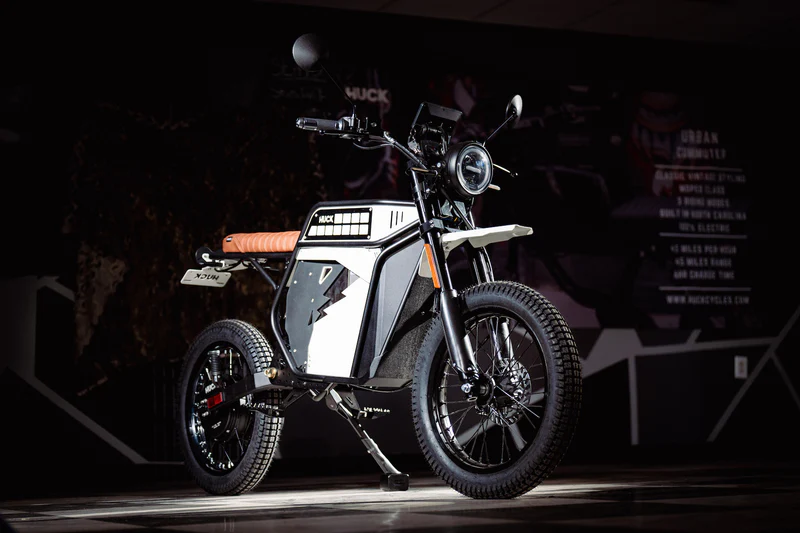Charging time for electric bikes could be just minutes with new battery findings
A breakthrough in solid state battery technology discovered by a Japanese university could reduce charging times for electric bikes to just minutes.

Researchers at a Japanese university have discovered a breakthrough in solid state battery technology which combats the primary issue with this kind of battery, and could mean the charging time for electric bikes will be significantly reduced.
Using lithium in batteries is something quite common, and lithium-ion batteries are the standard for electric bikes and cars by 2023, and have been for a while. However, there are flaws to lithium batteries, and many of those come from the liquid-state of the electrolytes used.

So, the solution is clear: use solid electrolytes instead. This is where the ‘solid state’ term comes from for solid state batteries, but these also have a problem compared to their liquid-form counterparts.
When lithium ions flow from one electrode of the battery to another in a solid state battery, this action causes an expansion or shrinking of the electrode itself, compromising the structure of the battery. Continued use and the completion of many charge-discharge cycles results in damage to the electrode, and therefore to the battery in general, which cannot be overcome and the battery’s performance and quality begin to decline until it eventually fails completely.
The positive point about solid state batteries is that they can offer the same capacity of a liquid state battery but with smaller electrodes, and can be charged much more quickly.

Finding a solution to the structural issues presented by the solid state battery when conducting the basic role of a battery would therefore be an important discovery, and researchers at the Yokohama National University in Japan think they have discovered - at least the beginnings of - such a solution.
Using a positive electrode made of lithium titanate and lithium vanadium dioxide, the researchers have found that the vanadium in the material is able to take the place of the lithium when it leaves the electrode. The vanadium has a repulsive effect to the oxygen, meaning that it is able to counteract the shrinking of the electrode when the electrode ‘delithiates’ (when the lithium leaves).

Further, the battery showed a capacity of 300mAh/g, which did not degrade over 400 cycles. The University of New South Wales in Sydney, Australia (whose Associate Professor Neeraj Sharma co-authored the research paper), described this as “remarkable capacity.”
The researchers claim that this technology could see batteries in electric vehicles be charged in minutes. However, it is still very much in a prototype phase, and work still needs to be done on optimising the chemical balance of the electrode in order to minimise the (negligible but not non-existent) structural instability.
(The full paper can be found on the journal, Nature Materials, but a subscription to the journal is required to read more than the abstract, of course.)
.jpg?width=1600)
